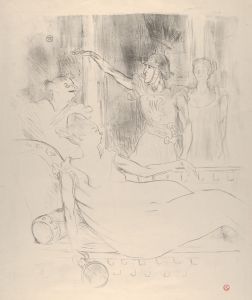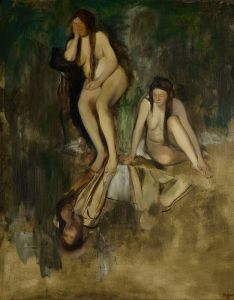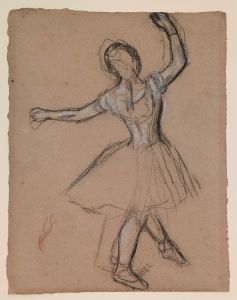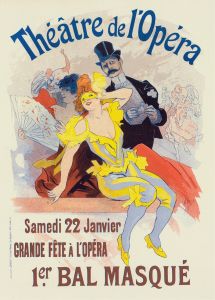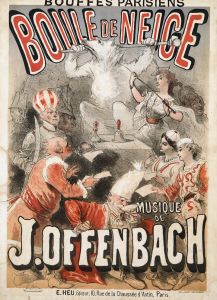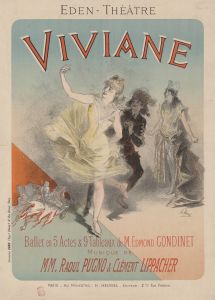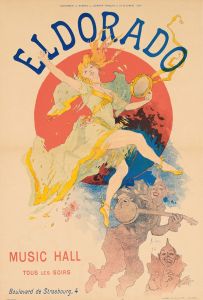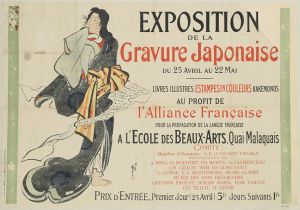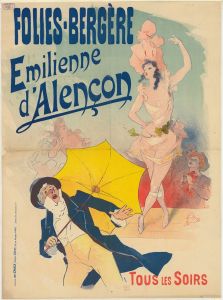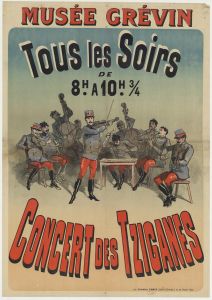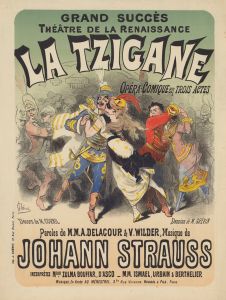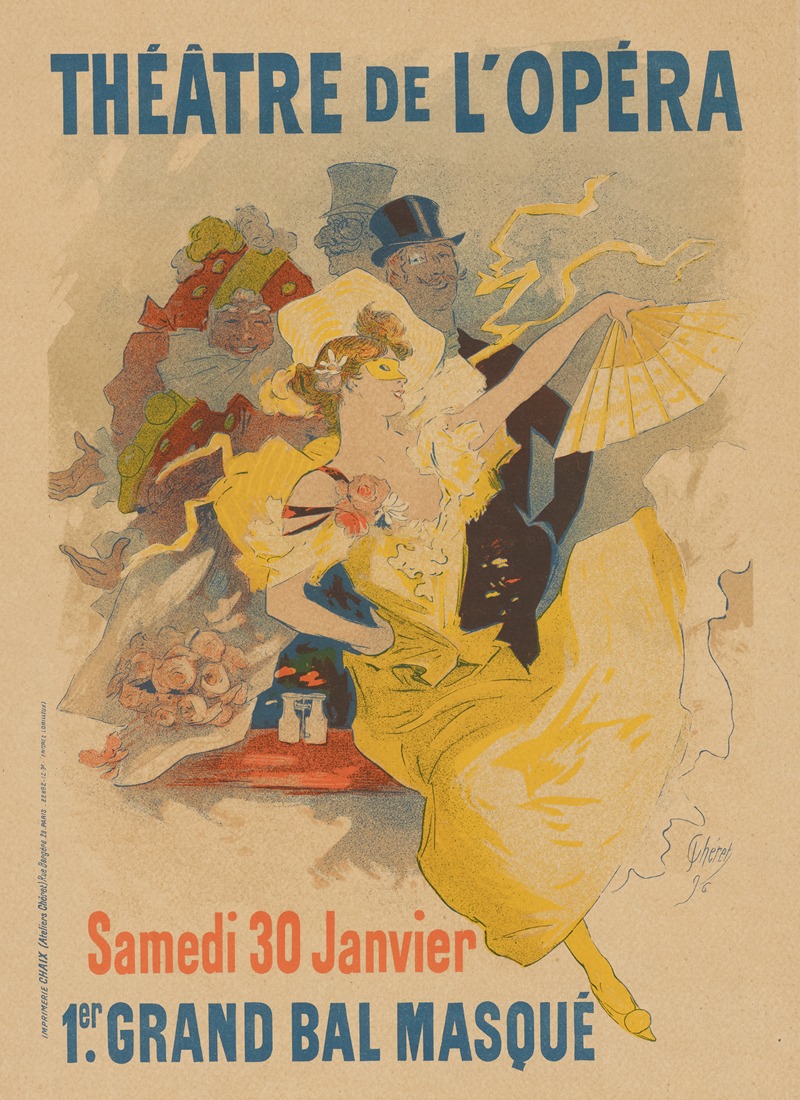
Theatre de L’Opera
A hand-painted replica of Jules Chéret’s masterpiece Theatre de L’Opera, meticulously crafted by professional artists to capture the true essence of the original. Each piece is created with museum-quality canvas and rare mineral pigments, carefully painted by experienced artists with delicate brushstrokes and rich, layered colors to perfectly recreate the texture of the original artwork. Unlike machine-printed reproductions, this hand-painted version brings the painting to life, infused with the artist’s emotions and skill in every stroke. Whether for personal collection or home decoration, it instantly elevates the artistic atmosphere of any space.
Jules Chéret's "Théâtre de l'Opéra" is a notable example of the artist's work in the realm of poster art during the late 19th century. Chéret, often referred to as the "father of the modern poster," was a French painter and lithographer whose innovative designs revolutionized advertising and established the poster as a legitimate art form. His works are characterized by their vibrant colors, dynamic compositions, and the depiction of lively, elegant figures, often women, who came to be known as "Chérettes."
"Théâtre de l'Opéra" was created as a promotional poster for performances at the Paris Opera, one of the most prestigious cultural institutions in France. The Paris Opera, officially known as the Académie Nationale de Musique, was a central hub for the performing arts, including opera and ballet, during the 19th century. Chéret's poster captures the spirit of the era, reflecting the grandeur and sophistication associated with the opera house.
The artwork features a central female figure, a hallmark of Chéret's style, dressed in flowing, theatrical attire. She is depicted in a dynamic pose, exuding energy and grace, which mirrors the excitement and allure of the performances held at the opera. Surrounding her are additional decorative elements, including musical instruments and floral motifs, which further emphasize the artistic and celebratory nature of the subject. The use of bold, contrasting colors and fluid lines draws the viewer's attention and conveys a sense of movement and vitality.
Chéret's posters, including "Théâtre de l'Opéra," were produced using the lithographic printing technique, which allowed for the mass production of high-quality, colorful images. This method was instrumental in making art accessible to a broader audience and transforming urban spaces into open-air galleries. His work not only served a commercial purpose but also contributed to the visual culture of the Belle Époque, a period marked by artistic innovation and cultural flourishing in France.
While specific details about the exact year of creation or the particular performances advertised in "Théâtre de l'Opéra" are not readily available, the poster remains an important representation of Chéret's contribution to the art of advertising and the cultural life of 19th-century Paris. Today, his works are celebrated for their artistic merit and historical significance, and they are preserved in museums and private collections around the world.





